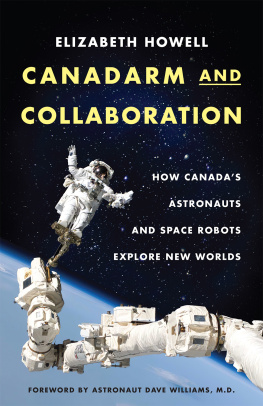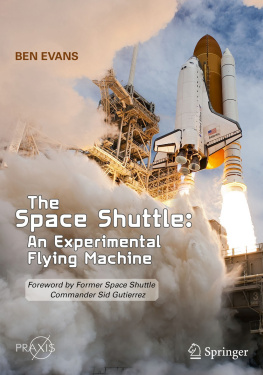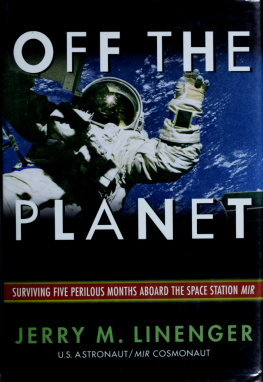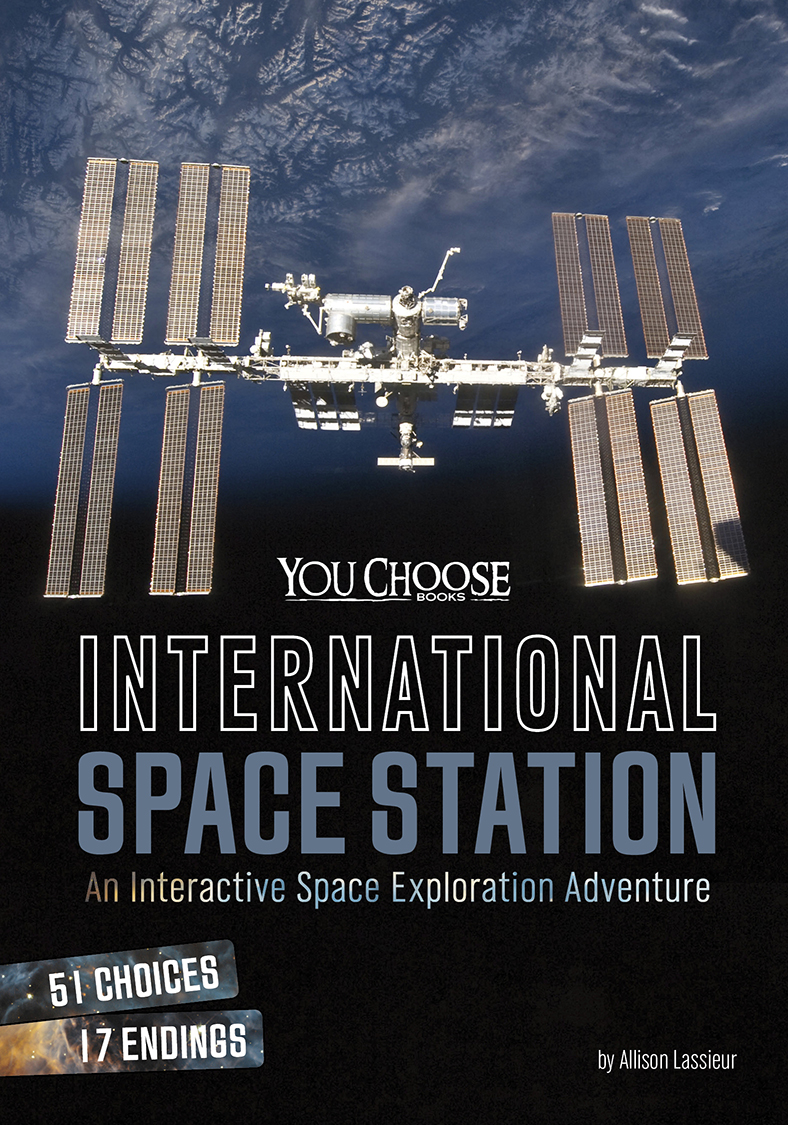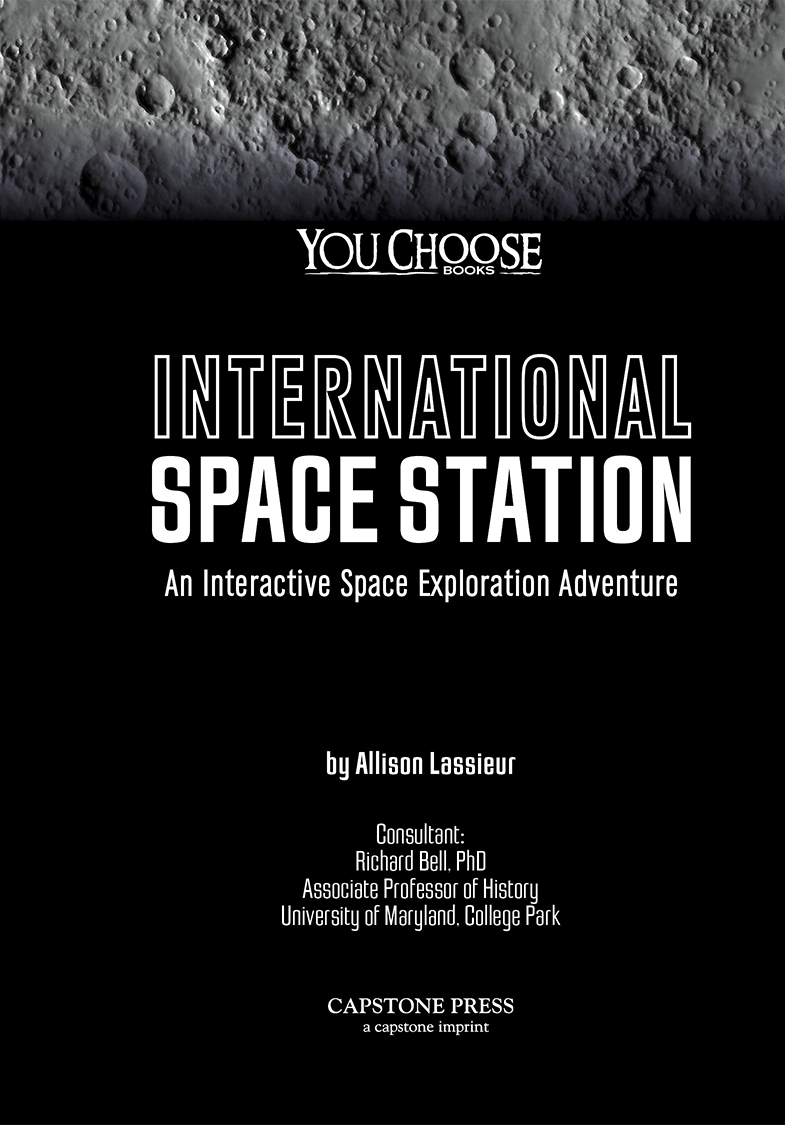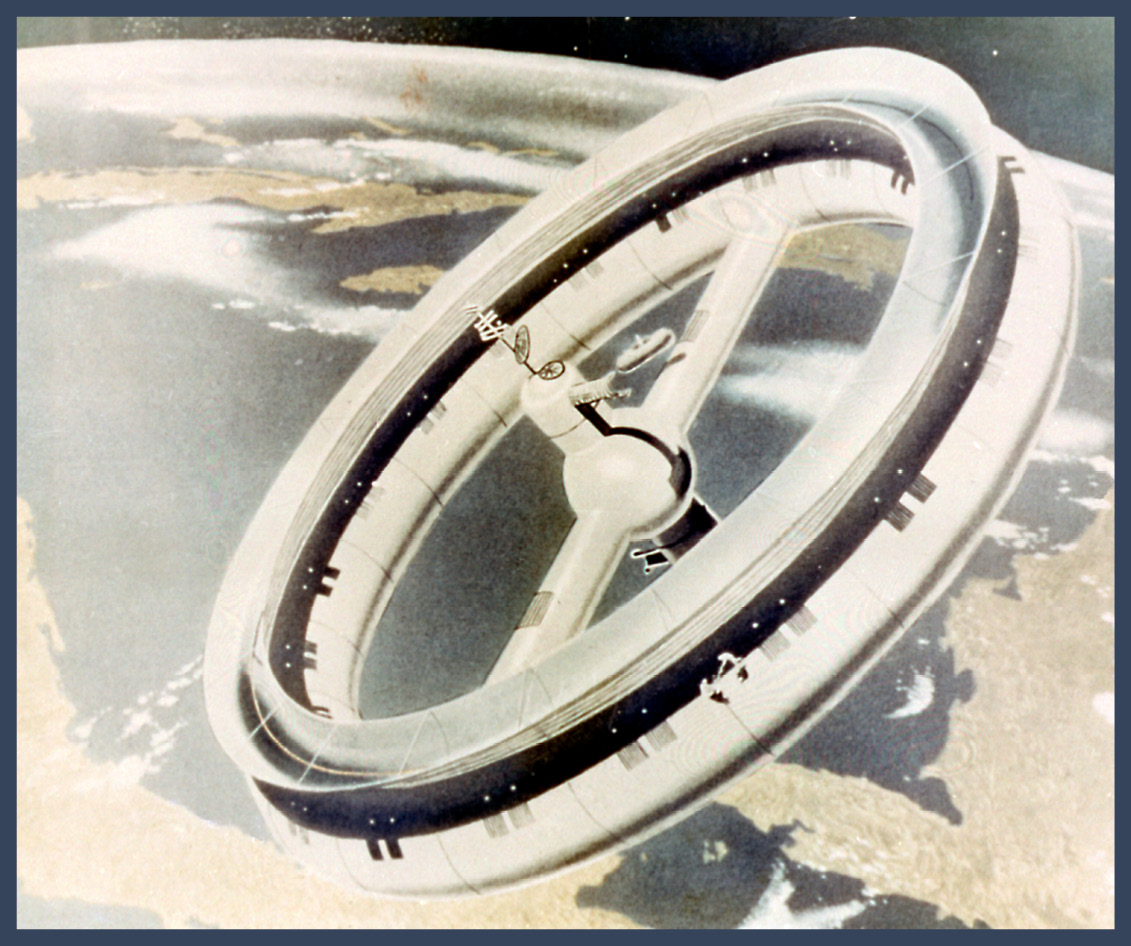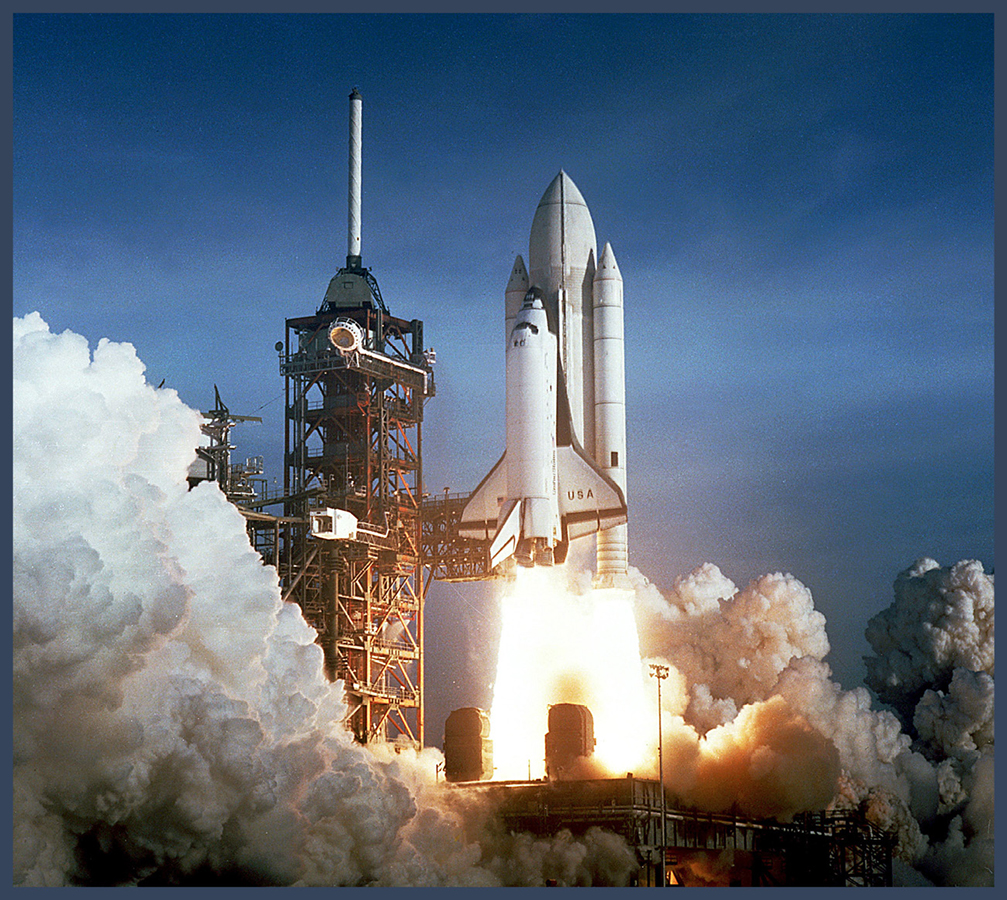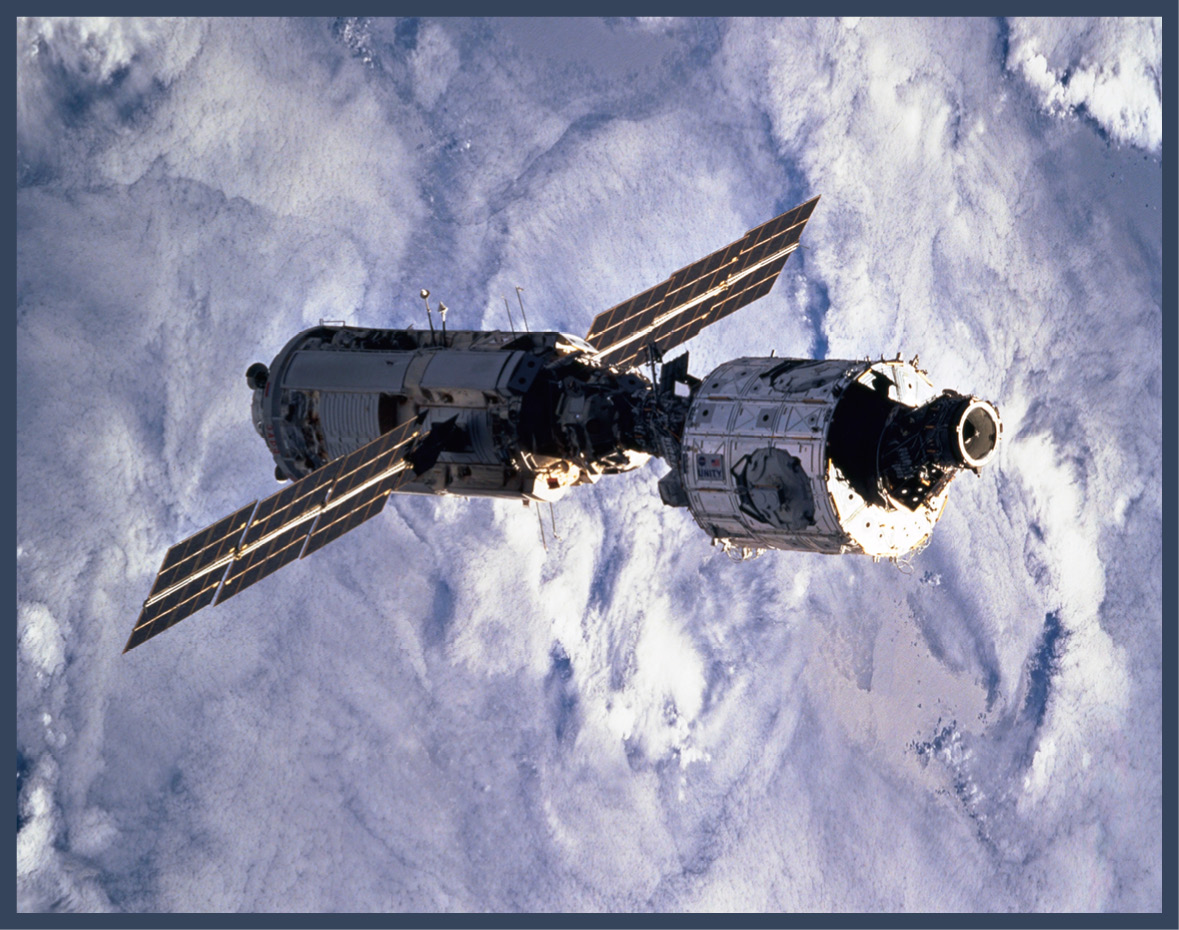For the best You Choose experience,
view in portrait (vertical) orientation.
ABOUT YOUR ADVENTURE
The International Space Station is one of the worlds most ambitious engineering marvels. It took an army of designers, around the globe to make the science fiction of a station in space come true.
In this book youll explore how the choices people made meant the difference between success and failure. The events youll experience happened to real people.
Chapter One sets the scene. Then you choose which path to read. Follow the links at the bottom of each page as you read the stories. The decisions you make will change your outcome. After you finish one path, go back and read the others for new perspectives and more adventures. Use your device's back buttons or page navigation to jump back to your last choice.
YOU CHOOSE the path you take through history.
CHAPTER 1
SCIENCE FICTION COMES TO LIFE
The idea of a permanent station in space where people could live used to be nothing more than science fiction. In 1869, a story called The Brick Moon, by Edward Everett Hale, described a round brick structure launched into with people on board. The brick moon was the first description of a space station. After that, writers and scientists imagined round space stations, flat space stations, tube-shaped space stations, and even an inflatable space station!
Space stations like the one engineer Wernher von Braun imagined in 1952 helped ignite public interest in this new area of space exploration.
Then in the 1950s, another science fiction idea did become real: spaceflight. The Soviet Union put the first , Sputnik I, into space in 1957. Four years later, in 1961, Soviet cosmonaut Yuri Gagarin became the first human to see Earth from space. In 1969, the world watched as humans walked on the moon. Suddenly the idea of a permanent station in space didnt seem so much like fiction after all.
The first try at a real space station came in the 1970s. The Soviet Union launched the experimental Salyut 1 space station in 1971. It stayed in orbit for 175 days. One three-man crew stayed on the station for three weeks. In 1973 the U.S. sent Skylab station into orbit. It stayed in space for six years. During that time, Skylab had three crews, and each crew lived in space for up to several months.
Both were designed to test systems that a permanent station would need. Eventually they were both shut down and sent crashing to Earth. But they proved that a permanent station could be a reality.
In 1984 President Ronald Reagan announced that the U.S. would build the first permanent space station. Reagan said: A space station will permit quantum leaps in our research in science, communications, and in metals and lifesaving medicines which could be manufactured only in space. Then he challenged other countries to join the United States in this adventure, saying: We want our friends to help us meet these challenges and share in their benefits. NASA will invite other countries to participate so we can strengthen peace, build prosperity, and expand freedom for all who share our goals.
Eventually the leaders of space programs in Russia, Europe, Japan, Brazil, and Canada joined the project. In 1998 the first section of the International Space Station (ISS) was launched into orbit. Since 2000 the ISS has orbited Earth, welcoming astronauts from all over the world to live and work there.
Skylab helped pave the way for the ISS.
The ISS represents the first time that a global team of engineers and scientists combined forces to design and create a space station. But why build it in the first place? The ISS exists to be a laboratory and to study how humans can live in space. Every part of the ISS was engineered and designed to answer important science questions.
Youve always been excited by the idea of space exploration. Almost from the first time you looked up at the night sky youve dreamed of learning everything you can about space. Space jobs are difficult, and some can be dangerous. But youre ready to make a difference exploring the universe.
CHAPTER 2
ENGINEERING THE IMPOSSIBLE
Youve always been excited by space travel. At first you wanted to be an astronaut. But it was the space ships themselves that you loved more. Eventually you realized that you wanted to design and build spacecraft. You went to college and learned to be an engineer who designs and builds machines.
While you were in school in the mid-1990s, you watched with great interest as the Space Shuttle program was in full swing. This NASA program built reusable shuttles and sent astronauts into orbit.
The launch of the space shuttle Columbia on April 12, 1981, opened the door to a new era of possibilities in space exploration.
At first your ambition is to work on the shuttle program. Then you hear that work has started on the new ISS. Youve studied the engineering designs of earlier space stations like Skylab and Salyut in class, but the ISS is going to be even better. Suddenly your dream gets bigger to help design systems on the ISS.
The first section of the ISS is a Russian-made module called Zarya, or dawn. It is sent into orbit in 1998 and will provide the initial power for the ISS. NASAs goal is to build and install communications, life support, and other components of the ISS in four years. All of the partner countries, including Canada, Japan, Russia, and the European Space Agency (ESA), will be designing and building different parts of the ISS.
The space shuttle Endeavour crew connected the first ISS module, Zarya (left), with the second piece, Unity (right) on December 6, 1998.
You graduate at exactly the right time. Engineering design companies working on the ISS around the world are looking for new talent. To your delight, you get a job with one of them! Youre only one engineer on this huge project, but you cant wait to make your mark in space.
On your first day, the boss gathers all the new engineers together. One of the Canadian Space Agencys contributions to the ISS will be a arm, he begins. The CSA developed its first arm, called Canadarm, for the space shuttles. The CSAs job now is to create the next generation of the Canadarm, the boss continues. The arm for the ISS must be bigger and better, so the CSA has hired our engineering company to do it.
Heres what we need, your boss tells the group. The whole station will be built in space, and the American space shuttles will take it up into space one section at a time. This robotic arm will have to be one of the first things in orbit, because it will be needed to unload and move all the rest of the parts when they arrive.





